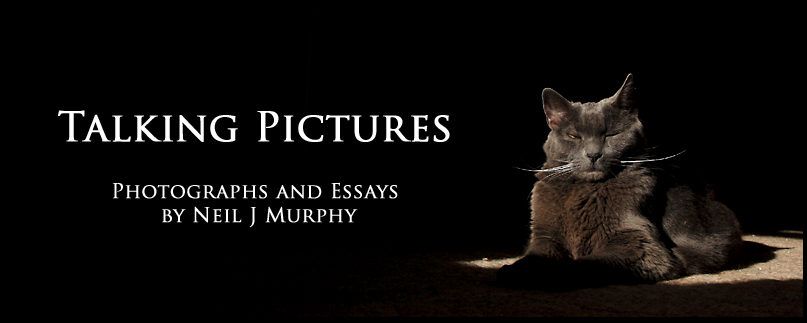 |
| July 1988 |
I spent four years working on the west side of Manhattan, on 44th Street at 12th Avenue. When I first started there in 1987, the old West Side Highway structure still ran down to 43rd Street on 12th; if there were any windows on my floor they'd look right out onto the roadway. The USS Intrepid was docked across the street, a few blocks north of the Circle Line boats. Neither of them drew too many tourists back then, and given the ambiance of the neighborhood, it's not surprising. There were still concerts at Pier 83 in the summer, which was about the height of culture, unless you were interested in the mating habits of the Jersey Johns with the local crack whores.
West 42nd street was still a miasma of filth and abandonment, with empty theaters and quarter peep shows on both sides of the block, interspersed with souvenir and counterfeit stores.
So of course it was one of my favorite places to stroll through; at the shop we'd refer to it as 'the scenic route'. Disney was still almost a decade away from finally conquering it all, but there were other attempts that threatened to destroy the quaintness of it all. And those plans did not go unchallenged.
 |
| July 1988 |
Designs had been announced in the fall of 1988 for a development plan for the Square involving four huge office towers on the north and south ends of 42nd street and Seventh Avenue. Four bland, monolithic structures that were probably doomed to never move beyond the drawing board before the ink was even dry, but lots were being assembled and condemnation was going forward. The owners of some of the theaters began to protest, utilizing their marquees as giant picket signs, as seen below. Of course, the cynic in me still thinks they were more upset that they wanted market rate for their properties, rather than the offers they were given by the city under eminent domain, but it all made for public outcry and, pun intended, good theater.
I never took a lot of pictures on the Deuce, partly out of a sense of self-consciousness, and partly out of a sense of self-preservation. The street was usually crowded when I was there, and with an open camera bag on my shoulder and a camera at my eye, I was a good target. Notice in the second of the two pictures above, the man in the white jacket with the cane? After I took the picture I turned around, stepped back on the sidewalk, and put my camera back in the bag. He'd crossed the street by then, and hit me in the ass with the cane. True story.
 |
| October 1988 |
More ruminations on 42nd Street can be found here.
.






